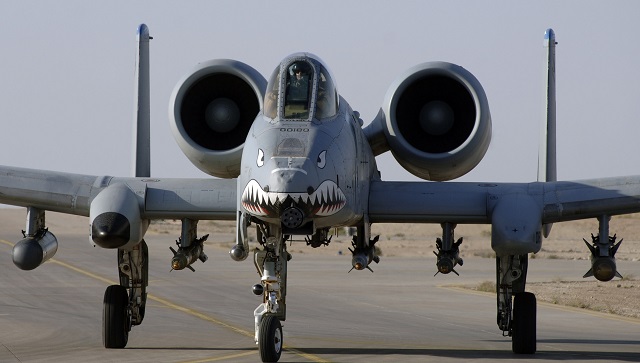US forces have extended their campaign against Islamic State militants from Iraq and Syria into Libya, primarily to support local troops with a precision strike capability.
Libyan ground forces have been countering IS since the militant organisation advanced on the country in 2015. However, they have been unable to completely defeat the group in the coastal stronghold of Sirte, and have therefore requested that US forces carry out air strikes on targets in the city.
“Today, at the request of the Libyan Government of National Accord (GNA), the United States military conducted precision air strikes against ISIL targets in Sirte, Libya, to support GNA-affiliated forces seeking to defeat ISIL in its primary stronghold in Libya,” the Pentagon announced on 1 August.
The USA’s decision to extend the Inherent Resolve coalition mission into Libya was at the request of the Libyan prime minister Fayez al-Sarraj, who released a televised statement supporting the US involvement in the Sirte campaign.
“GNA-aligned forces have had success in recapturing territory from ISIL thus far around Sirte, and additional US strikes will continue to target ISIL in Sirte in order to enable the GNA to make a decisive, strategic advance,” the US Department of Defense adds. Air strikes will be used against “precision targets”, it says, for instance, specific armoured vehicles.

An A-10 about to embark on a mission over Iraq
US Air Force
The US has previously carried out occasional strikes in Libya as part of its anti-IS campaign, although the broadening of its mandate points to a longer presence in the country.
The Department of Defense hinted in January that military intervention in Libya was on the cards, with Gen Joseph F Dunford, chairman of the Joint Chiefs of Staff, noting that if “unchecked”, IS forces could use the country as a gateway to the rest of Africa.
Aircraft deployed in support of the anti-IS mission have included the Boeing F/A-18F Super Hornet, General Atomics Aeronautical Systems MQ-9 Reaper unmanned air vehicle, the Fairchild Republic A-10 Thunderbolt II, and Boeing AV-8B Harrier
However, no detail has been provided on which aircraft have carried out the most recent strikes in Libya.
Source: FlightGlobal.com
















